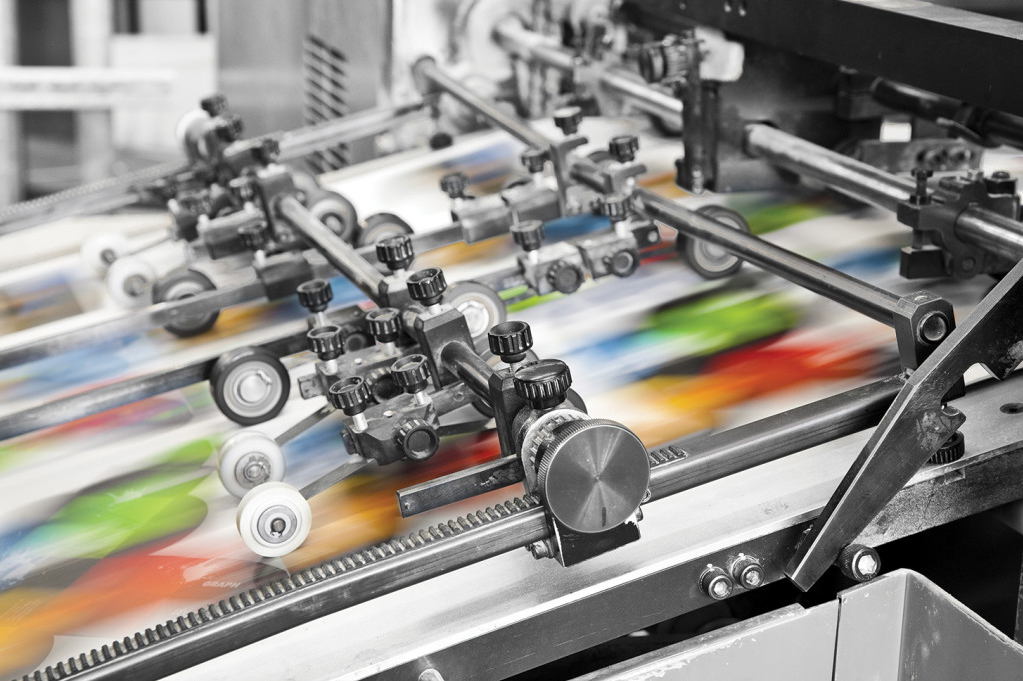Printing isn’t a lost art. Despite digital revolution, print ads like brochures, flyers, and business cards can still pack a punch to widen a business’ reach.
In a world predominated by tech, a huge chunk of consumers find value in disconnecting from time to time, through physically printed media. Plus, it helps that printed stuff spawn credibility when paired with an online presence.
Your printer is for recreation too. A few clicks and you’ll have those lovely Maldives beaches on your wall.
Printing satisfaction, however, largely hinges on quality. If your printer doesn’t produce luscious, high-resolution prints, it won’t always mean that it isn’t capable of it.
At times, you just need to incorporate some adjustments like the following:
Choose the printer setting best for your document

If you are going to print a company’s annual report, you may want something better than the default printer settings.
This is to ensure charts and graphs are presented in the most refined way.
Default settings are often efficient on paper and ink. But it doesn’t mean you can’t shy away from it so you can obtain the superb print you’re longing.
Just modify your print settings. You can do this either by:
- Adjusting your word processor print settings OR
- Adjusting through your system
For the former option, hit Ctrl+P while inside the document or image, directing you to the printing section. This time, before you hit “Print,” check out the subheading termed “Printer properties,” or “Printing preferences.”
For the latter, go to Control Panel > Devices and Printers, then right click on your applicable printer and hit “Printing preferences.”
On both options, you can now modify items such as media type (i.e., plain, envelope, photo paper, or t-shirt transfers), paper size, PRINT QUALITY, and add-ons like both-side (duplex) printing or fast printing.
Afterwards, hit the OK button. Take note that the earlier option works for a one-time print, and doesn’t alter the default settings of your printer. The latter option, meanwhile, serves as the new default for your subsequent prints unless you revert back or change it again.
Under print quality, choose “High” or “Best” if you want to yield the most vivid print your printer is capable of. This has drawbacks on printing speed though.
Hit the “Maximum DPI” option, when it is available, for crisper resolution on your images.
(NOTE: A 300 dpi (dots per inch) is already decent but most modern inkjet printers could go up to 1200 x 1440 dpi)
Check if your blueprint is a Hi-Res file
At the minimum, high resolution images are at 300 pixels per inch. For purposes like brand and business awareness, it’s almost imperative to print at such resolution because of its decent outcome.
Stop wasting paper and ink in printing lo-res files, only to realize later that it won’t cut it.
TIP: Print important designs, images, and photos, from the most hi-res file available. It’s a common mistake to save and print images from a fairly low resolution file, because it looks sufficient on screen and saves you space.
However, its detail easily falls as you enlarge the photo. Hi-res files are the way to go for great print quality.
Using the right image format also helps.
Mind the paper
Regular paper isn’t the best option for colored documents. Dullness and color bleeding are common quality issues associated, especially on thin-as-film bond papers.
For business cards containing graphics, matte stock paper is the best option as it absorbs print richly and has that professional vibe.
Meanwhile, matte photo paper is regarded by many as the best paper for printing. But it’s almost for photograph-only printing.
When it comes to commercial and recreational printing, an 80# matte card stock is often the better substitute for regular paper. It produces a significantly better print, feels compact, and is perfect for flyers, menus, handouts, post cards, etc.
Still, it’s best to follow your printer brand’s suggestions (typically on the box/manual) as to the best paper to work with.
For finest prints, you have to inform your printer as well of the paper it’s dealing with, through proper selection in the paper type setting.
Observe printer care and maintenance
Eliminate filth in printer nozzles and cartridges. Cleaning your printer helps restore its optimal performance by getting rid of gunk that clogs its system.
Keep it away from heat. Ink is a liquid that’s stored in a container (cartridge). Heat can cause it to bubble considerably and leak in the printer. No one wants that mess.
Consider printer firmware updates. Such updates are for boosting the printer’s performance, and introducing new functionalities and bug fixes.
When all else fails, call for help. The best help will come from your printer brand’s service center, so you can finally put a stop to inferior printing quality.
Wrap Up
Printing quality is influenced by a variety of factors such as printer settings, origin file, paper type, and extent of care for the printer.
When it comes to providing top-notch ink and toner cartridges, we at inktonerstore.com are one of the best. We not only guarantee affordability, but compatibility as well on all leading printer brands. Check us out now and enjoy same day shipping.


